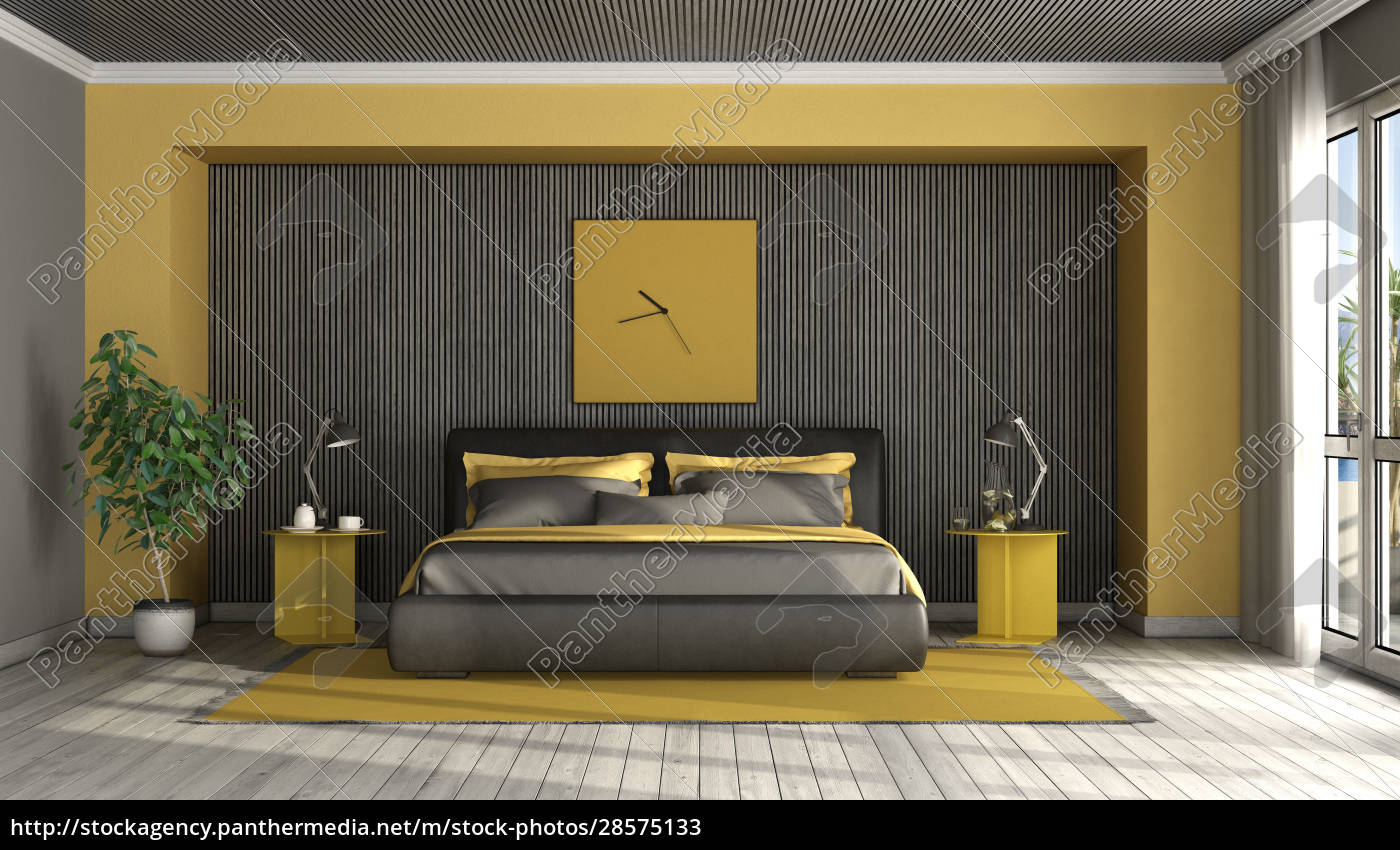
It's striking to see purple mold on a wall, but it is toxic. Although all molds are dangerous, purple mold can cause severe damage to walls and ceilings if it isn't removed immediately. When this type of mold invades a building, it is difficult to detect and can cause extensive damage. This article will explain how to identify and eliminate this type of mold.
Purple mold removal costs vary depending on where it is located, how extensive its spread, and whether there are any repairs needed. Early detection can often be done for a few hundred dollars. Walls and expensive repairs can be required if the damage is serious. Don't wait to eliminate mold. Take action today to protect your home. Call a professional immediately if you notice any damage to your home.

This mold can cause serious damage to wooden frames and is particularly dangerous. Wood rot is possible if the mold isn't addressed. It can also weaken the wooden frame structure, which could lead to collapse during entertaining or parties. In addition to causing damage, it can cause allergic reactions. Because it's highly infectious, the mold can lead to a number of health problems. It is best to avoid being exposed to this type of dangerous mold by stopping its growth.
Purple mold symptoms include skin infections, respiratory tract infections, and biliary system infections. It may also lead to bacteremia and allergic reactions. The owner may be harmed if they inhale the mold. It is important to remove purple mold as soon as possible and stop any further damage. There are many ways to safely get rid of this mold. In some cases, it is possible to paint over it, but this approach won't kill the mold and won't do any good.
There are many types of purple mould that can be found on different surfaces. Usually, it's a type of mold that grows in moist areas. You may also find this type mold on furniture. You should clean these items regularly to prevent any mold from growing. The color of furniture will vary depending on how warm it is. You should immediately remove any moldy windows or doors. This will prevent you from getting respiratory diseases caused by mold.

There are two main types of purple mold: black and grey. It can be difficult to spot, because it is often so different from other kinds of mold. It is dangerous, and should be removed as soon a possible. No matter what color it is, it should be treated as toxic. It can lead to serious health issues and should be removed as soon as possible. There are many ways to get rid.
FAQ
Should you do floors or walls first?
The best way to start any project is by deciding on what you want to achieve. It is crucial to plan how you'll use the space, what people will use it for, and why. This will help you decide if you should go for flooring or wall coverings.
You can choose to put flooring in the first place if you decide to open up your kitchen/living space. You could also consider wall coverings for privacy if this is the space you are looking to create.
What should I consider when buying a new home?
You need to ensure you have enough funds available to cover closing costs before you buy a home. You might consider refinancing your mortgage if you don't have enough money.
Is it better to hire a general contractor or a subcontractor?
Hiring a general contract is typically more costly than hiring subcontractors. A general contractor often has many workers, which means they can charge their clients more for labor. Subcontractors, on the contrary, hire one employee and charge less per hour.
How do you sell your house quickly and without the need to pay realtor fees
Start looking for buyers right away if your goal is to sell quickly. This means you need to be open to any offer the buyer makes. But, you may lose potential buyers if your wait is too long.
Statistics
- A final payment of, say, 5% to 10% will be due when the space is livable and usable (your contract probably will say "substantial completion"). (kiplinger.com)
- Most lenders will lend you up to 75% or 80% of the appraised value of your home, but some will go higher. (kiplinger.com)
- The average fixed rate for a home-equity loan was recently 5.27%, and the average variable rate for a HELOC was 5.49%, according to Bankrate.com. (kiplinger.com)
- ‘The potential added value of a loft conversion, which could create an extra bedroom and ensuite, could be as much as 20 per cent and 15 per cent for a garage conversion.' (realhomes.com)
- Rather, allot 10% to 15% for a contingency fund to pay for unexpected construction issues. (kiplinger.com)
External Links
How To
Do you prefer to renovate the interior or exterior?
Which one should you do first?
There are many aspects to consider when choosing which project should be started. The most common factor is whether the building is old or new. You should consider the condition and age of the roof, windows, doors, flooring, electric system, etc. When the building is new, there are many things to consider such as its location, size, number, style, and so forth.
The roof is the most important thing to inspect if the building is older. You should start the renovation if you feel the roof is at risk of falling apart. If the roof is fine, then you can move onto the next step. Next, examine the windows. If they are broken or dirty, then you might want them replaced before doing much else. After this, go through the doorways and make sure that they are clean and free from debris. If everything looks good, you can start to lay the flooring. You should ensure that the flooring does not crack or become unstable no matter how many times you walk on them. Once these steps are done, then you can move on to the walls. Take a look at the walls to see if any cracks or damage are present. If the wall looks good, you can proceed to the next stage. Once the walls have been checked, you can begin to work on the ceiling. You should inspect the ceiling to ensure that it can withstand any weight you put on it. You can then move on with your renovation if everything looks good.
If your building was constructed recently, you might want to look at the exterior. Start by looking at the outside. Is the house well-maintained? Are there cracks around? Does it look great? If the exterior looks bad, it's time to make improvements. You don't want to let your home look bad. Next, you need to inspect the foundation. Repairing the foundation is a good idea if it appears weak. Also, check the driveway. You want it to be smooth and flat. It should be smooth and flat. If it isn’t, you need to fix it. Check the sidewalk as well. If it's not level, you might need to replace it.
Once these areas are checked, you should move on to the inside of the house. The kitchen is the first thing you should inspect. Is it clean and well kept? If it is dirty or messy, you need to clean it up. Next, check the appliances. You should make sure that they are in working order and in good condition. If they aren’t, you need to either get new ones or fix them. Next, inspect the cabinets. If the cabinets are stained, or have been scratched, you can probably paint them. If they are in good shape, then you can move to the bathroom. You should inspect the toilet here. If the toilet is leaking, you will need to replace it. It's best to wash it if it's only dirty. Next, examine all the fixtures. Make sure they are clean. If they are filthy, clean them immediately. You should also inspect the countertops. They should be repainted if they are chipped or cracked. If they are smooth and shiny you can use a sealant.
Check the furniture last. Verify that everything is in good condition. If you find something missing, it's best to fix it. If something is broken, then you should probably repair it. Once everything is in order, you can then move on to the next step.